Berwick-upon-Tweed, Northumberland: The spectacular border town with a castle that changed hands 13 times
Berwick-upon-Tweed spent centuries as a pawn in Anglo-Scottish conflict; today, it's a charming border town with spectacular sights. Clive Aslet takes a look.
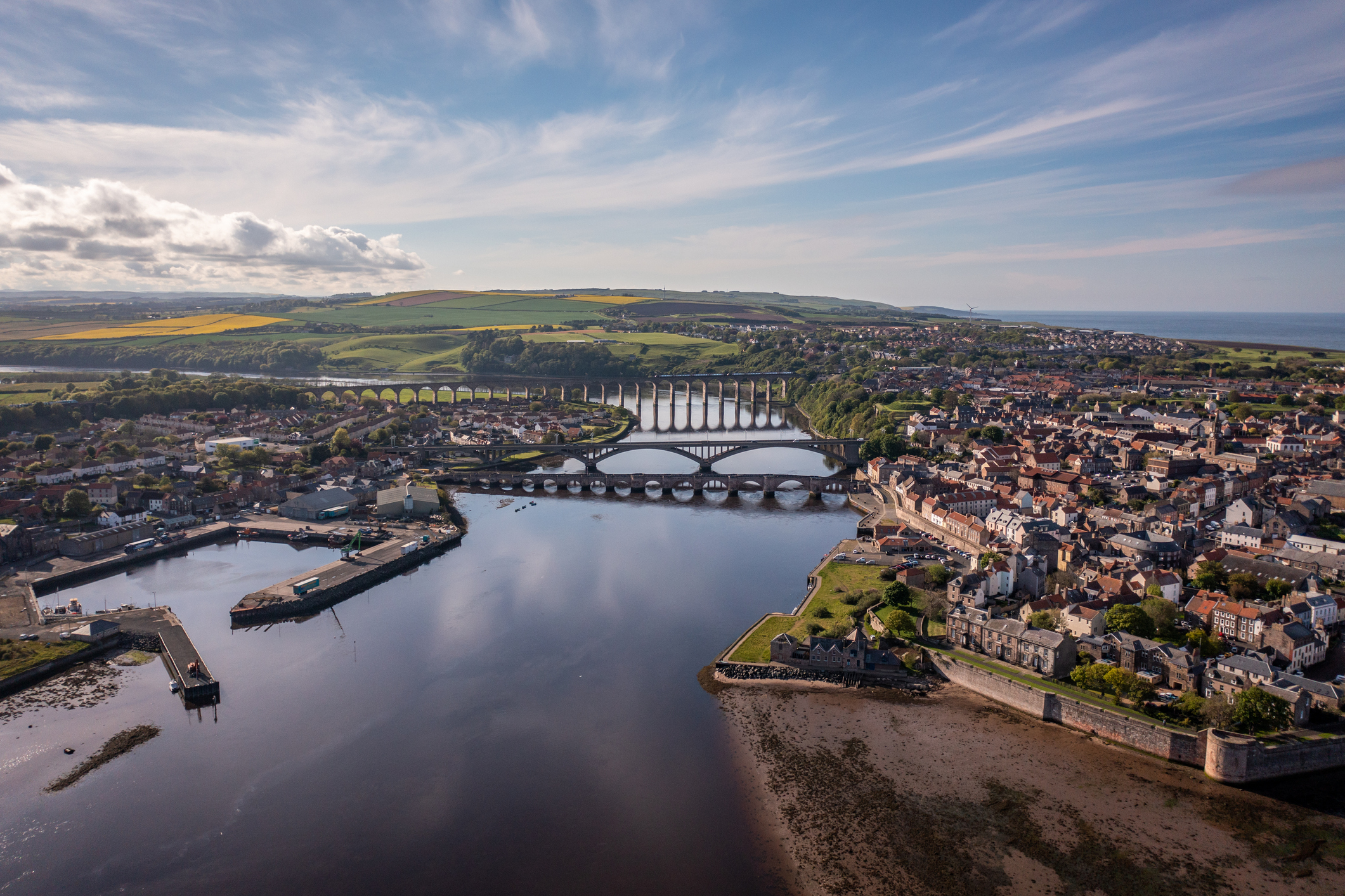
The border town, which contained not only a royal castle, but a mint, spent the Middle Ages in a kind of no man’s land when the Scottish king David I pushed the border southwards.
A little over 100 years later, English king Edward I, furious at the Scots’ refusal to submit to him, stormed the wooden palisade, slaughtering all male inhabitants — the castle changed hands 13 times. The guns were fired for the last time when James VI of Scotland made his progress south to become James I of England. What a relief that must have been to the people of Berwick.
The architectural result of the town’s many crises was the greatest system of fortifications in all of England. Henry VIII’s master of ordnance began work on Lord’s Mount, a massive, two-tier artillery fortification, protecting a weak point in the walls.
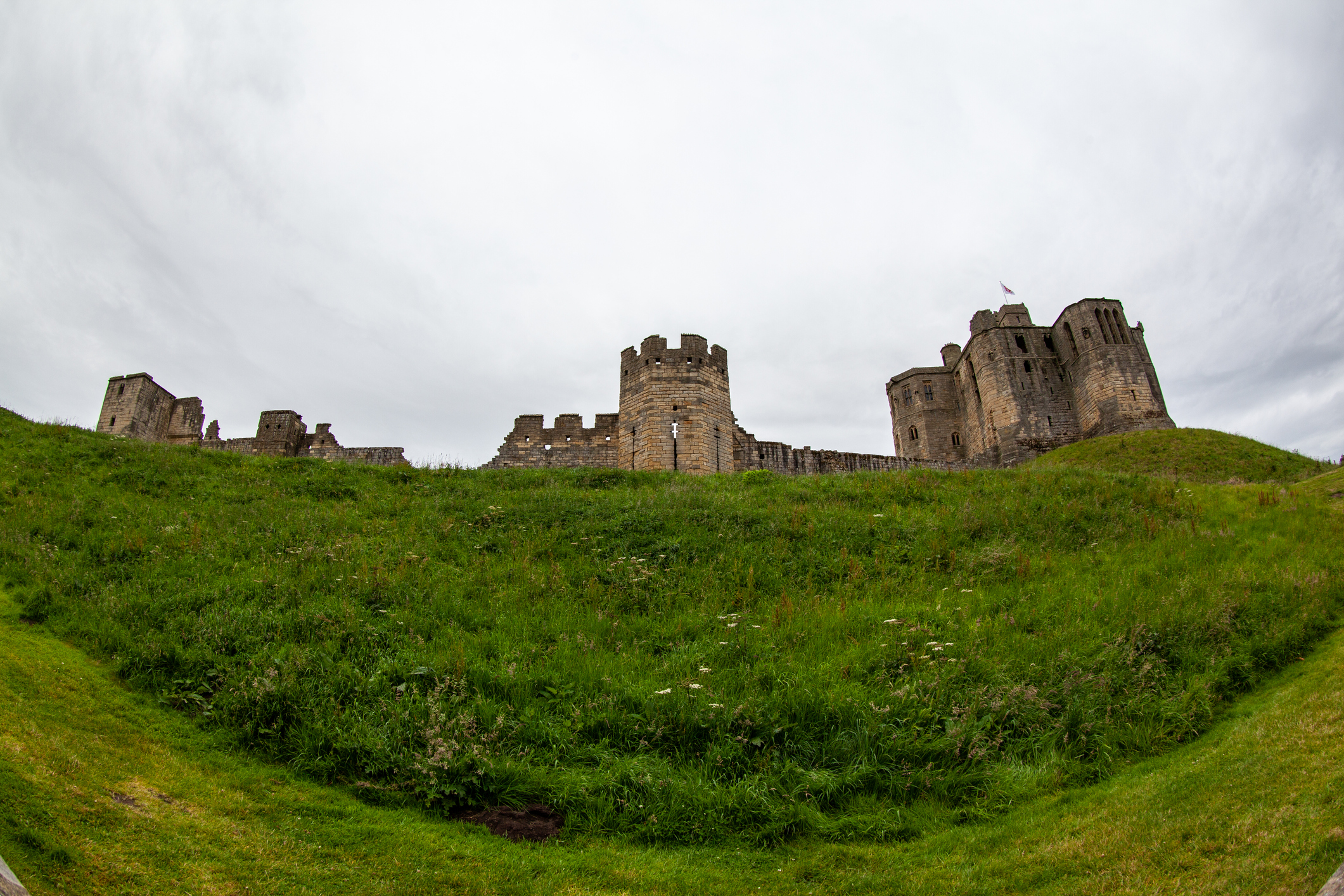
In the 1540s, the ‘Rough Wooing’ raids intended to result in a marriage between the infant Mary Queen of Scots and the future Edward VI re-emphasised Berwick’s importance, but the greatest period of activity followed Mary I’s loss of Calais in 1558, when France egged Scotland on to attack England.
It had become impractical to retain the full two-mile length of the old walls and, instead, the town withdrew behind a massive series of ramparts, earthworks and bastions that now forms a wonderful circular walk.
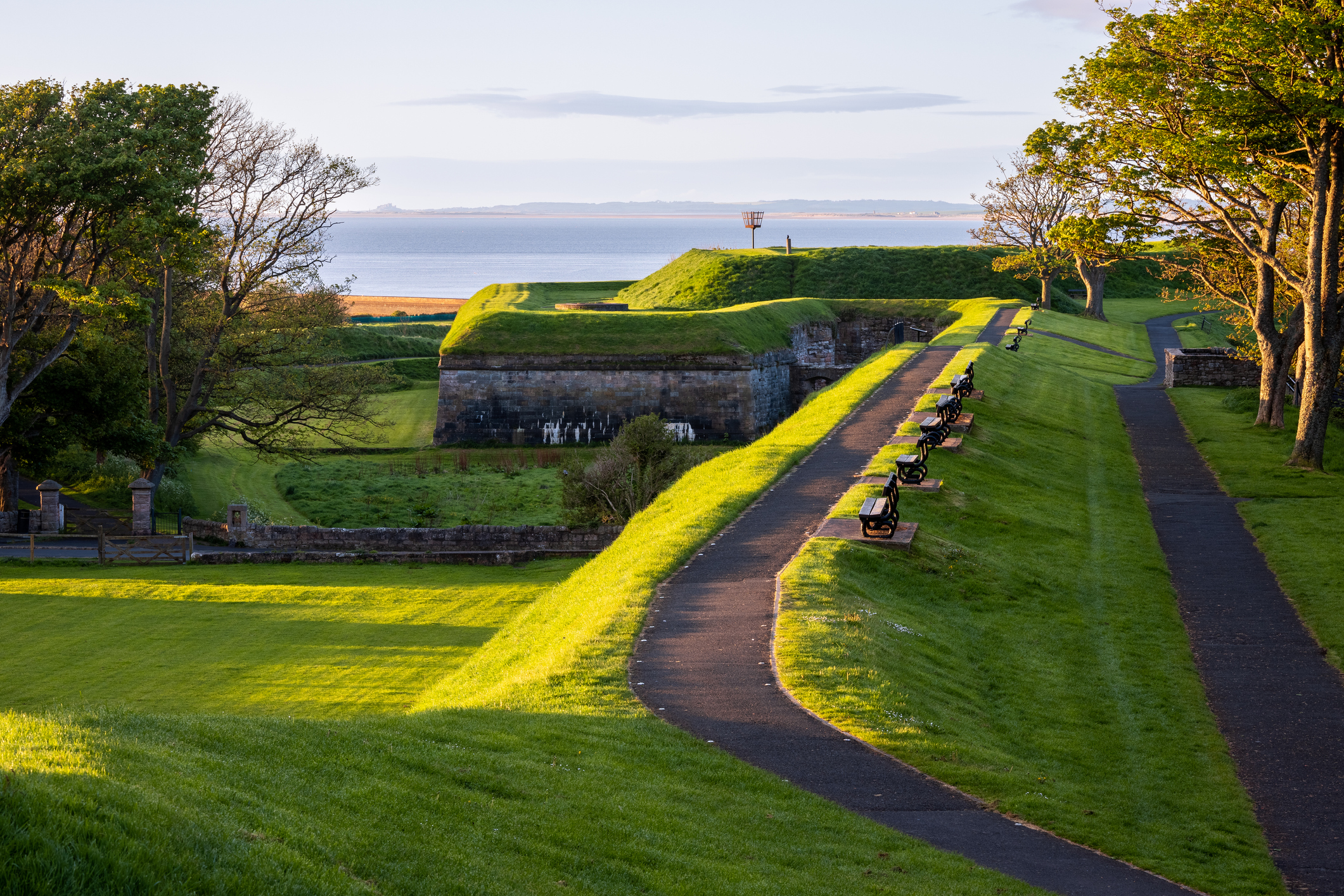
How to visit Berwick-upon-Tweed
This beautiful border town sits on the English side of the Anglo-Scottish border, overlooking the River Tweed as it empties into the North Sea. The town is easily accessed via road or rail: it's just off the A1, and is on the East Coast mainline rail service from London to Edinburgh.
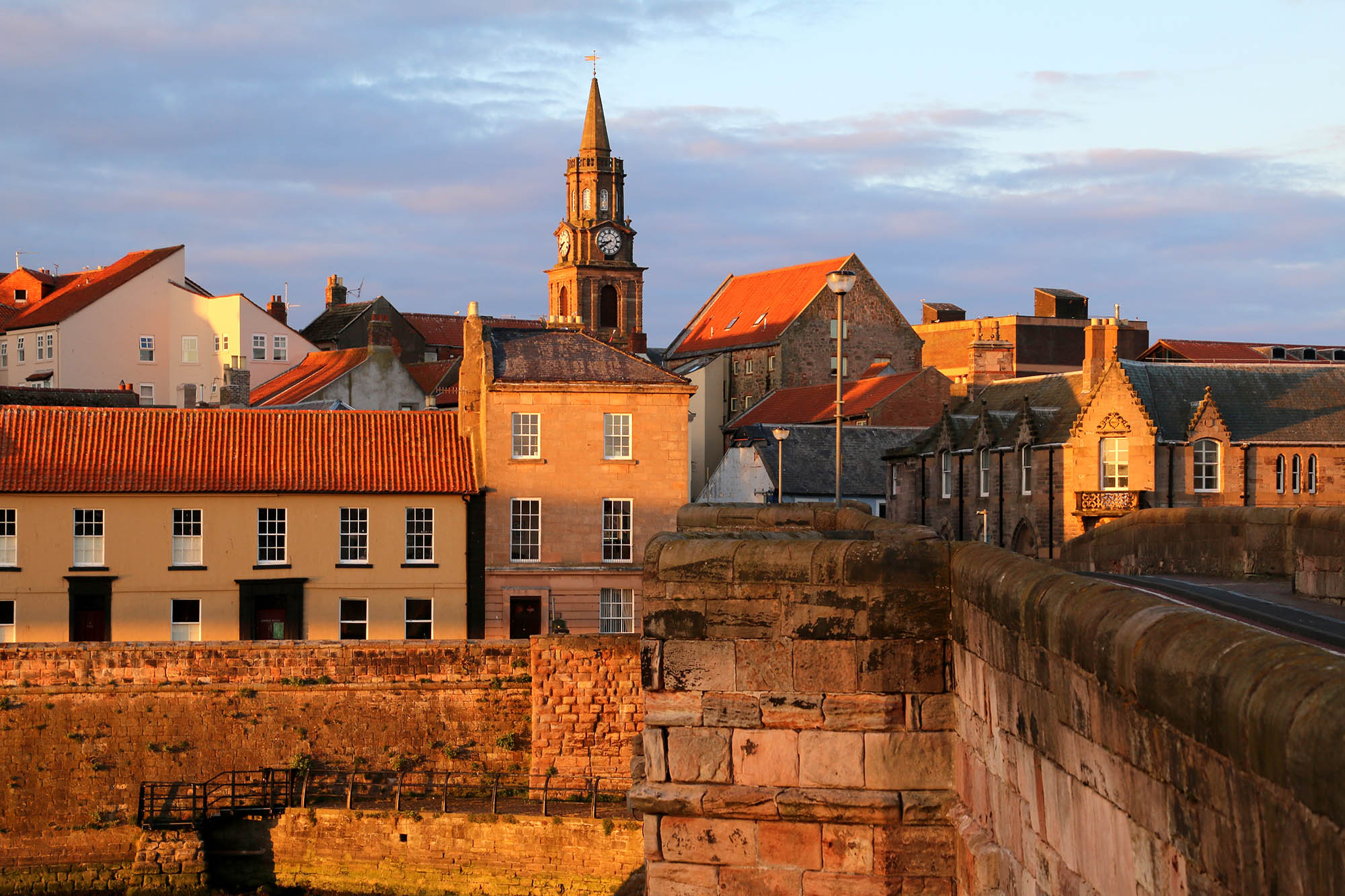
The Berwick-upon-Tweed Viaduct
Rail is the most dramatic way to arrive at Berwick-upon-Tweed, since the viaduct is spectacular. Properly known as the Royal Border Bridge, this railway viaduct — built between 1847 and 1850 — is 659 metres (2,162 ft) long, has 28 arches, each spanning 60 feet (18 m). The railway is carried 37 metres (121 ft) above the river level.
Exquisite houses, the beauty of Nature, and how to get the most from your life, straight to your inbox.
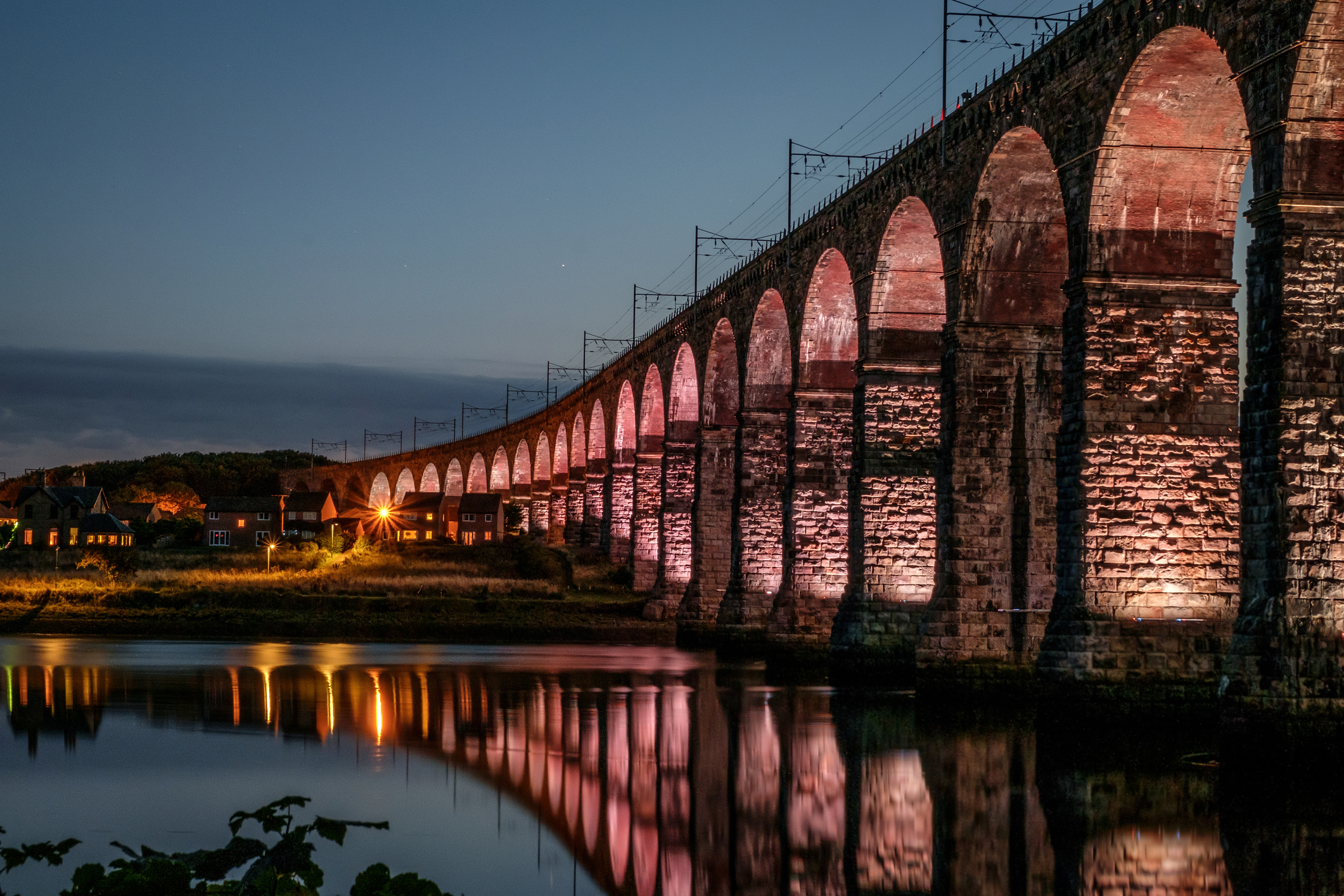
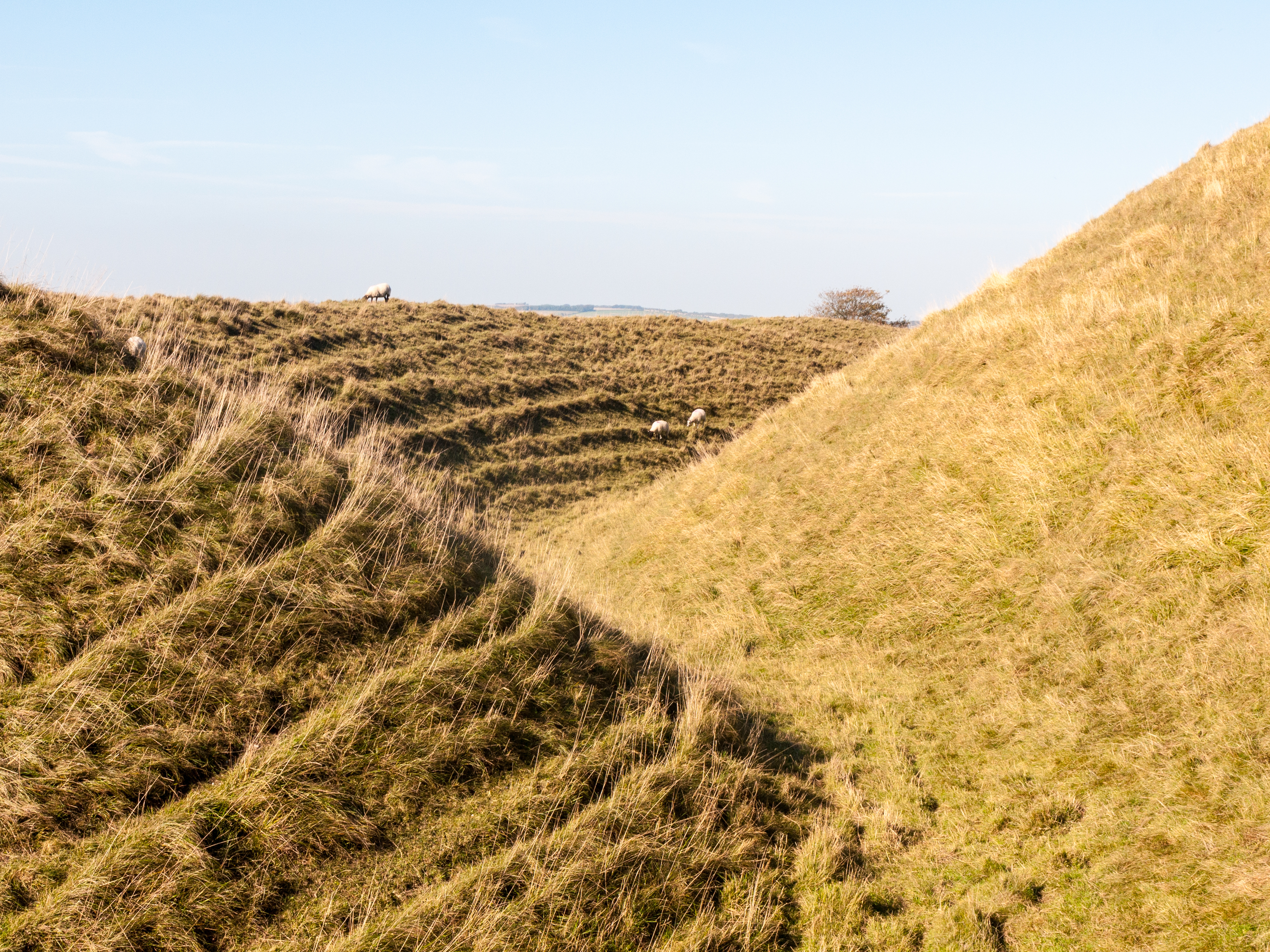
Maiden Castle, Dorset: An ancient hill fort the size of 50 football pitches
The mysterious and ancient Maiden Castle occupies a vast site in Dorset. Clive Aslet takes a look.
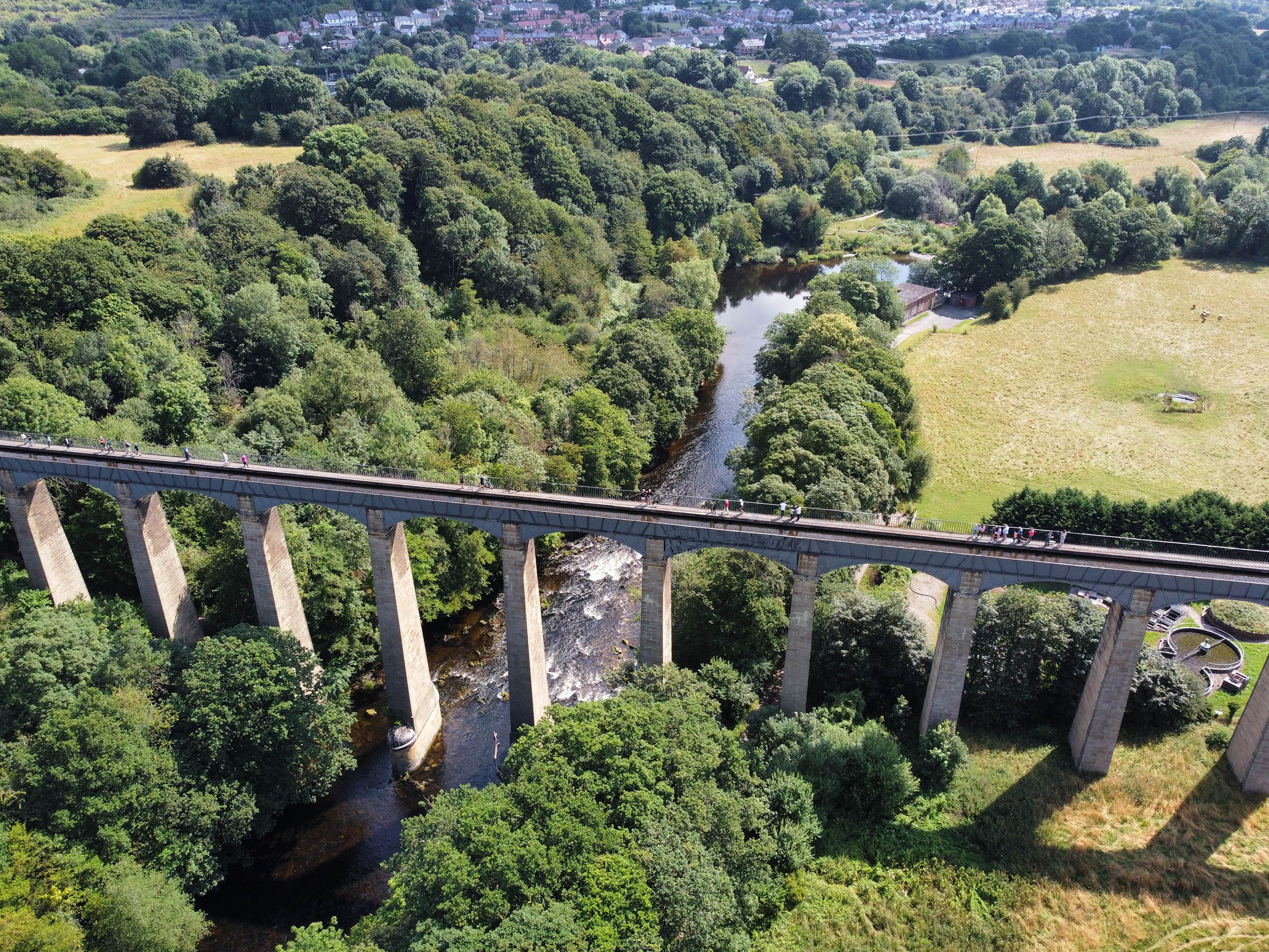
The Pontcysyllte Aqueduct: Thomas Telford's 'ribbon of water in the sky'
The magnificent Pontcysyllte Aqueduct is one of the great testaments to Industrial Revolution ingenuity — and as beautiful as it is
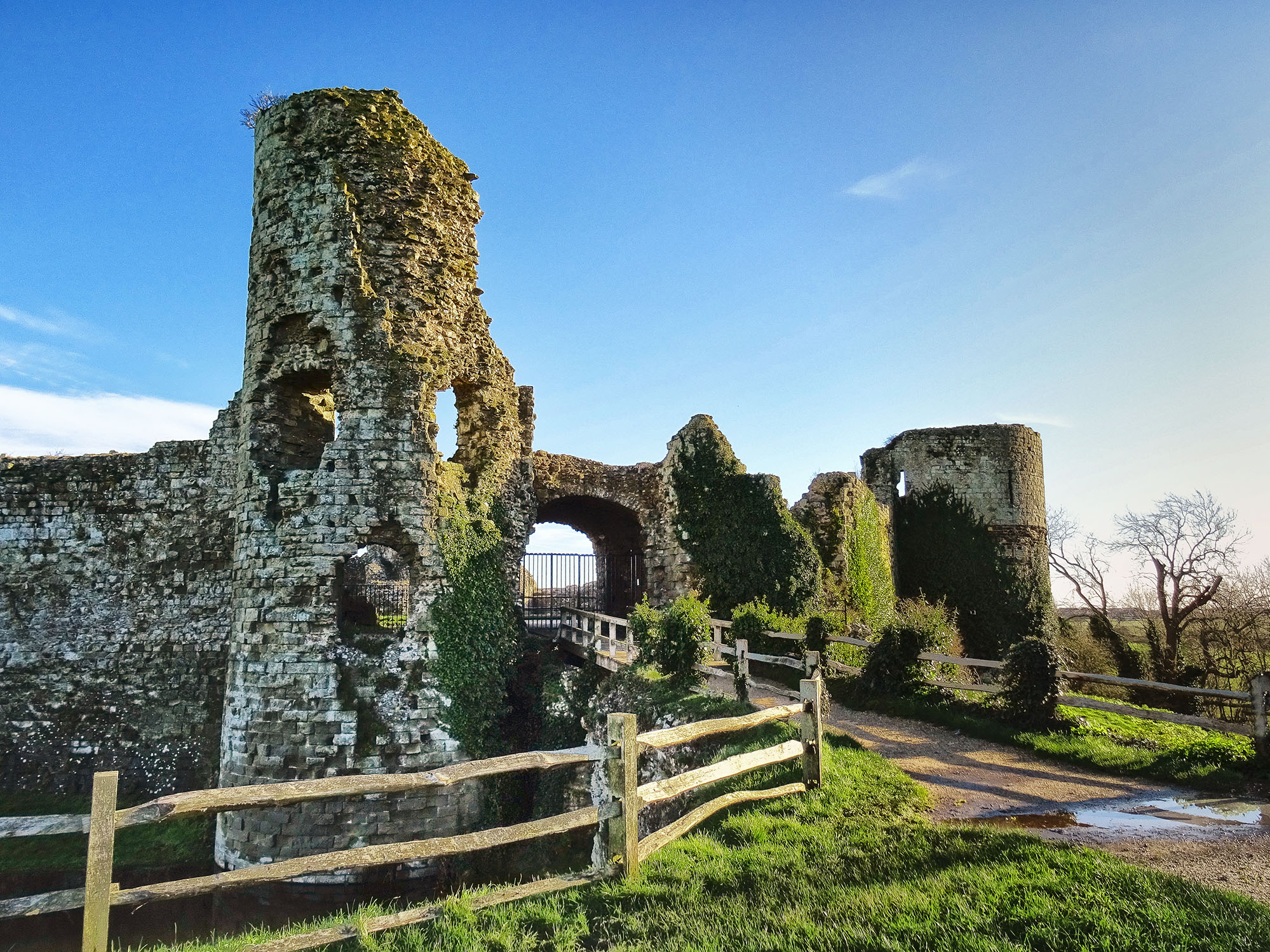
Pevensey Castle, East Sussex: The Roman castle that was still being used in World War II
When William the Conqueror landed at Pevensey, he moved in to the nearby castle — one which had already stood for
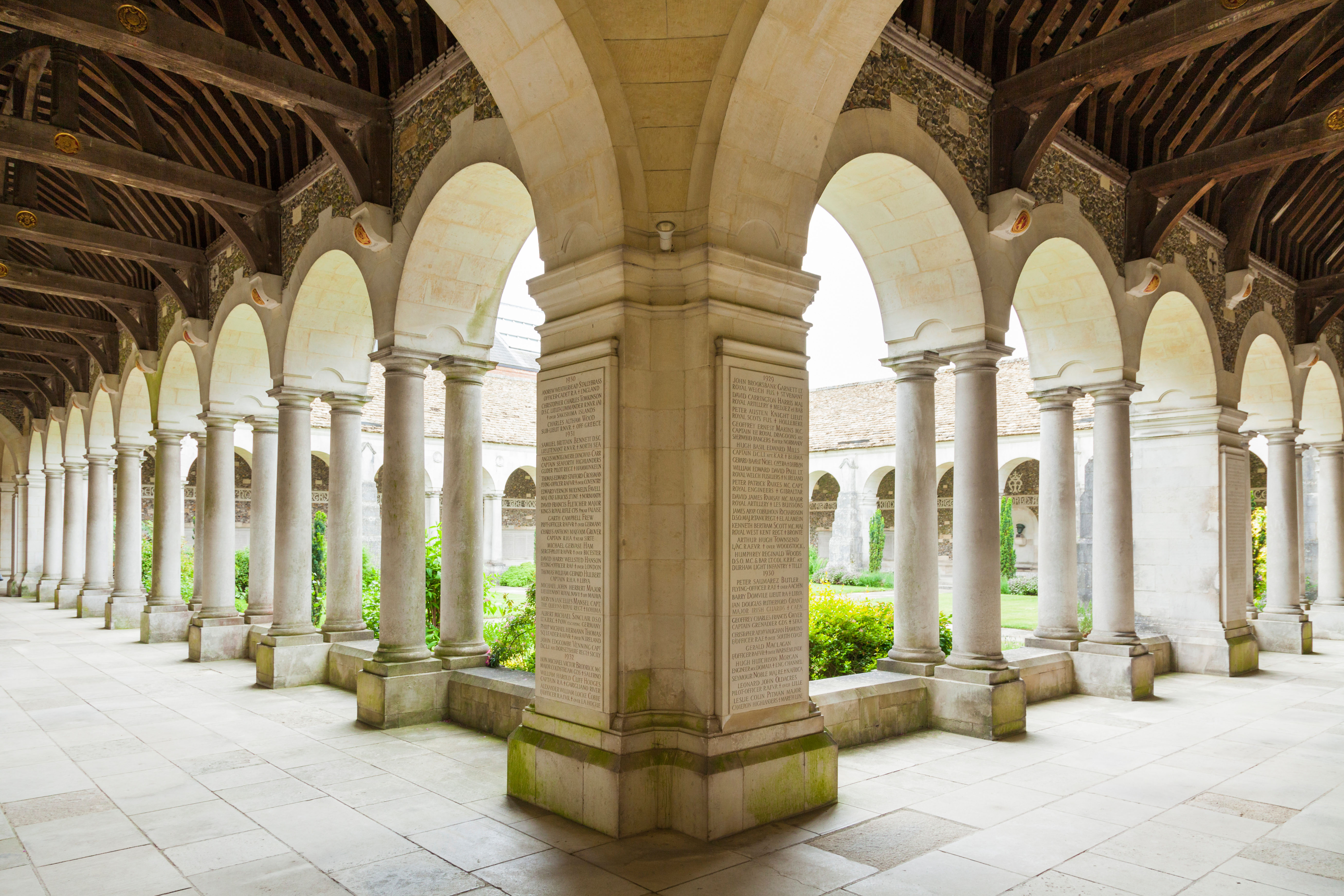
Winchester College: The school that's survived six centuries of turmoil, including the sacking of the city around it
Winchester College is both a school for the lucky few and an architectural marvel, says Clive Aslet.
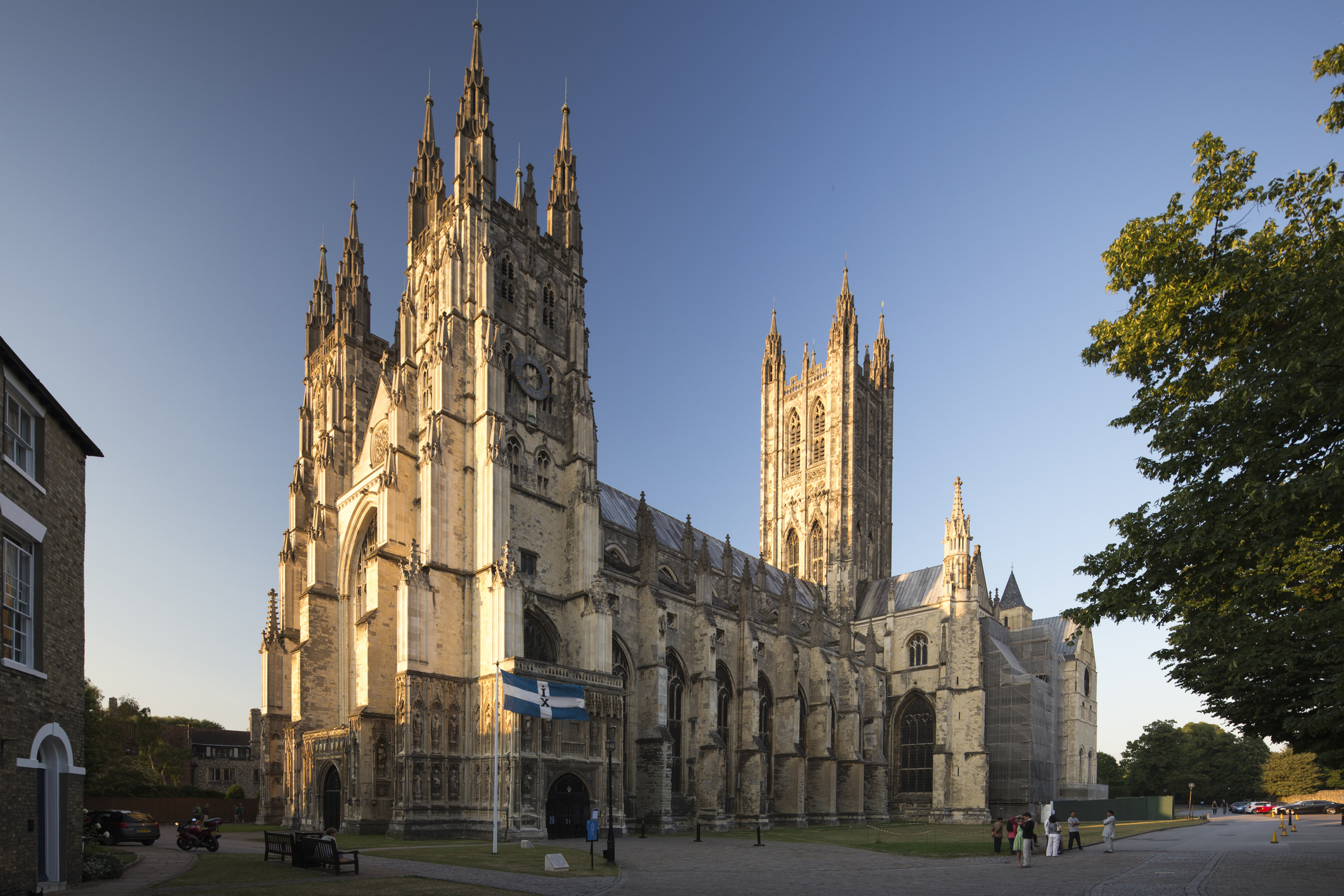
Canterbury Cathedral: Architectural wonder, place of worship, and site of one of history's most infamous murders
Canterbury Cathedral is the seat of the Church of England, the end of the nation's most famous pilgrimage route, and
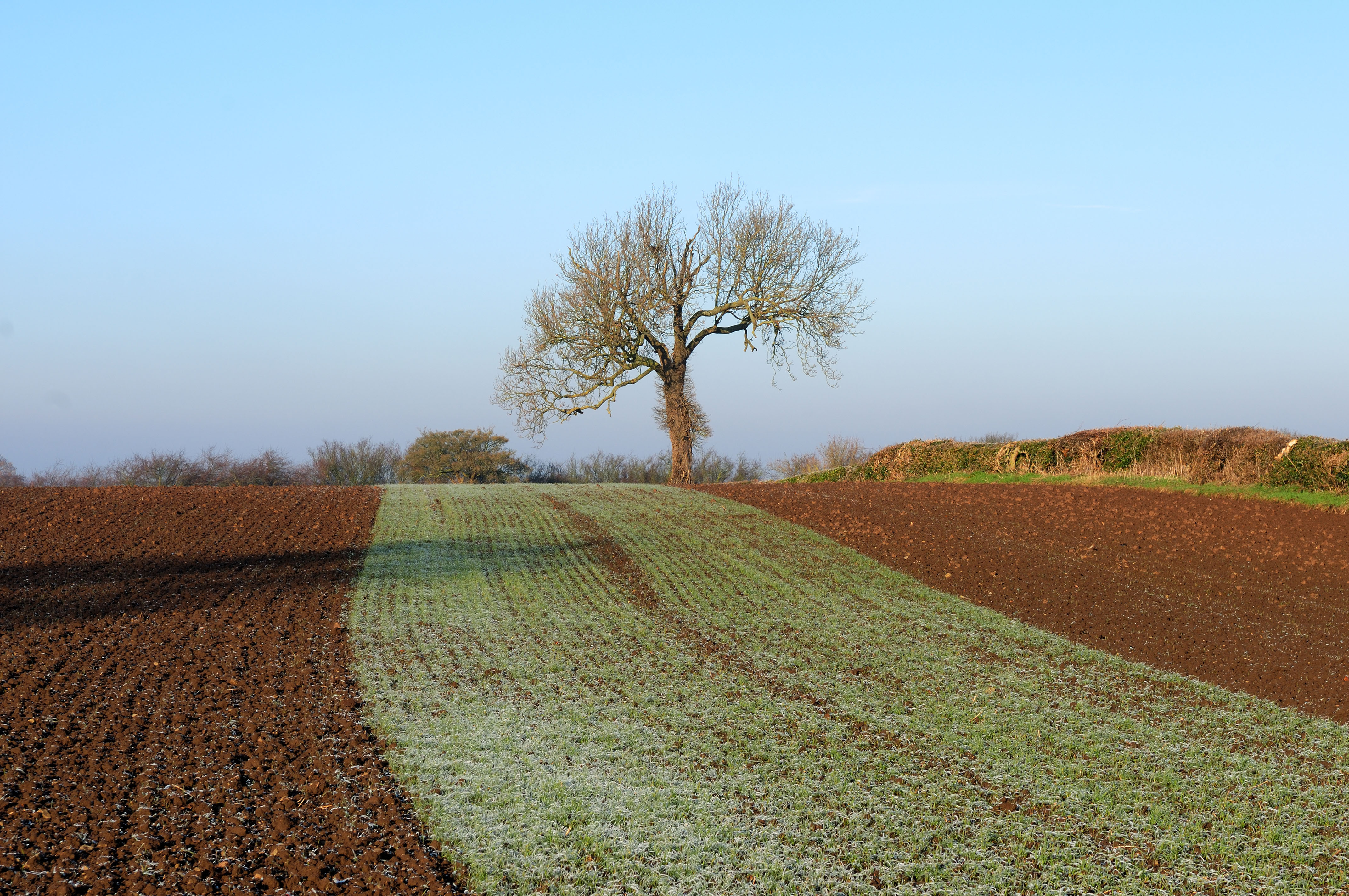
Laxton, Nottinghamshire: The 21st century village still using a medieval farming system
Open field strip farming has almost entirely disappeared from Britain in the past 1,000 years — though there is one great
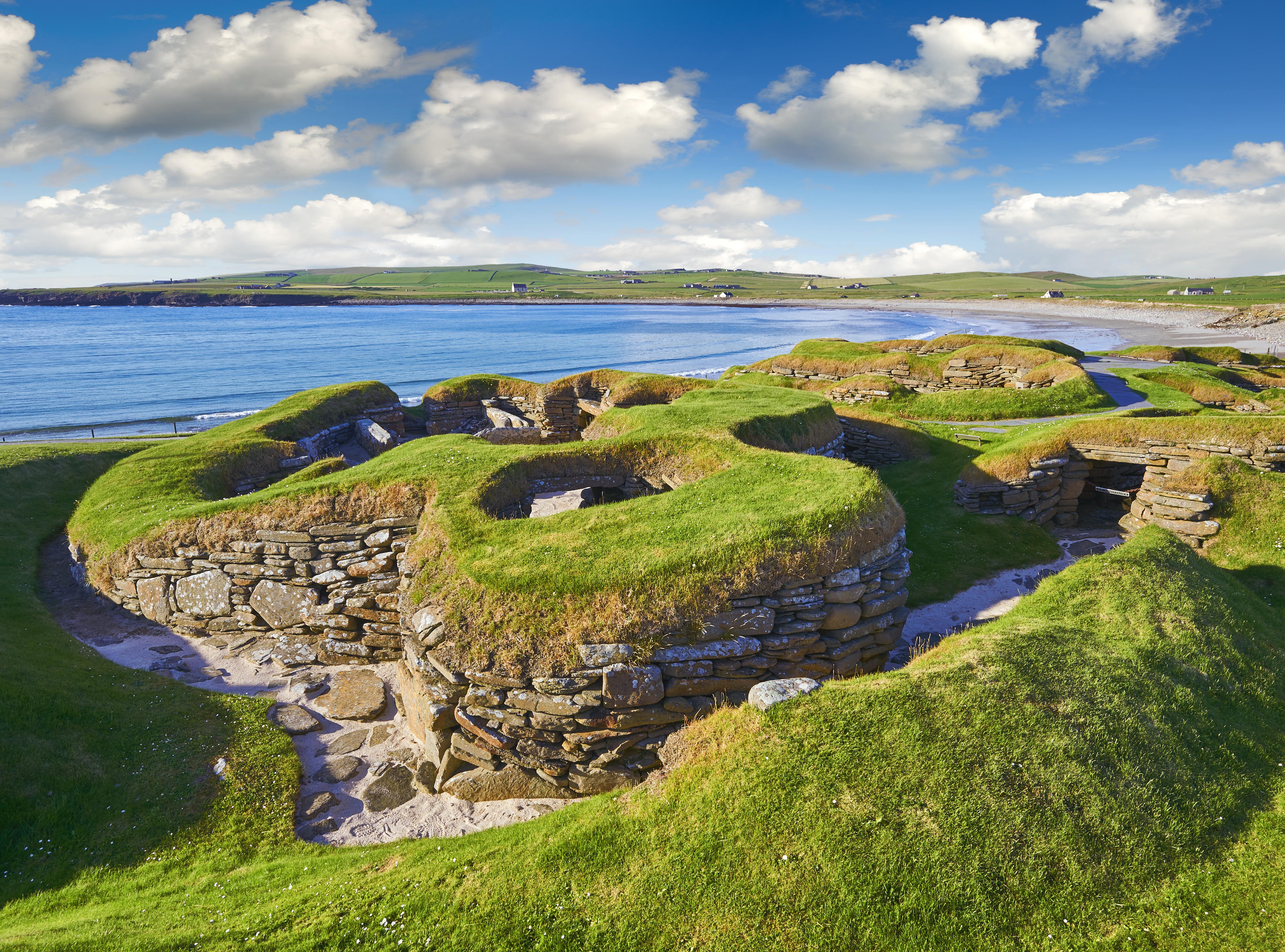
Skara Brae: The prehistoric village on Orkney that's older than Great Pyramid of Giza
The best-preserved Neolithic settlement in Europe isn't in a French cave or an Italian hillside; it's Skara Brae on Orkney,
-
 How to get your hands on some Napoleonic jewels the legal way
How to get your hands on some Napoleonic jewels the legal wayNapoleon's one-of-a-kind brooch is going under the hammer tomorrow.
-
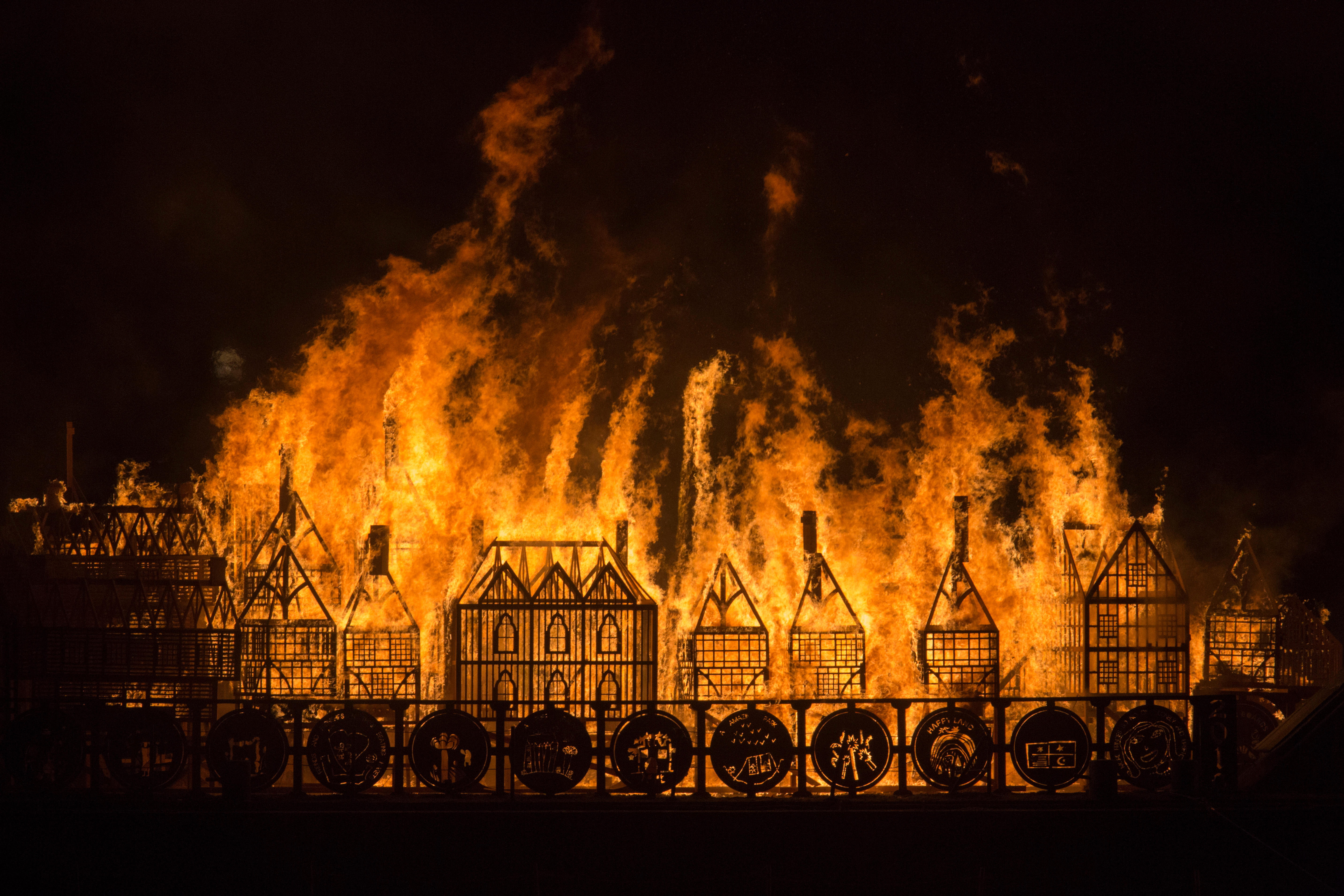 Fire, water and fancy puddings. It's the Country Life Quiz of the Day, November 11, 2025
Fire, water and fancy puddings. It's the Country Life Quiz of the Day, November 11, 2025When did London burn like 'rotten sticks'? Where is Bakewell? Who are the Stone Roses? Such important questions
-
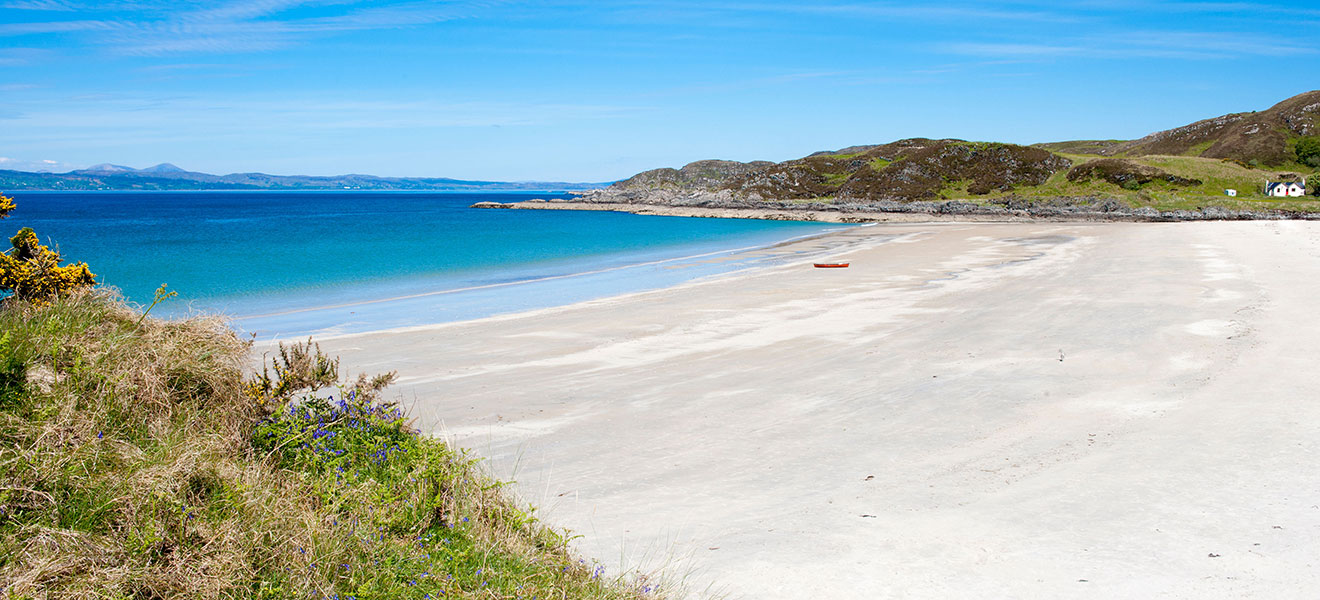 10 of Scotland’s most magical white sand beaches
10 of Scotland’s most magical white sand beachesWhat better day to celebrate some of Scotland's most stunning locations than St Andrew's Day? Here's our pick of 10 of the finest white sand beaches in the country.
-
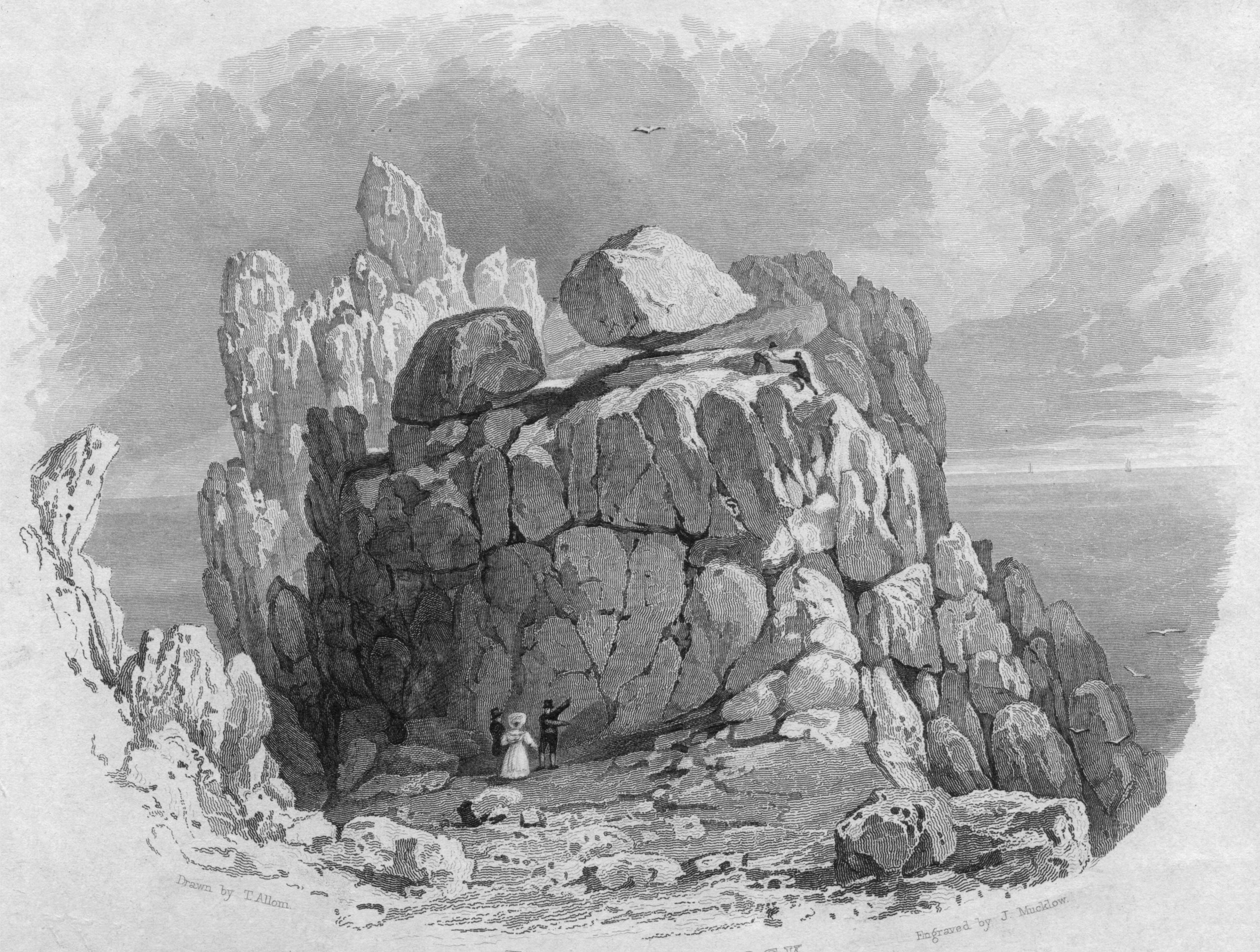 Curious Questions: Who dislodged Britain's most famous balancing rock?
Curious Questions: Who dislodged Britain's most famous balancing rock?A recent trip to Cornwall inspires Martin Fone to tell the rather sad story of the ruin and restoration of one of Cornwall's great 19th century tourist attractions: Logan Rock at Treen, near Land's End.
-
 Henley Festival: 13 things you'll see at the 'posh Glastonbury'
Henley Festival: 13 things you'll see at the 'posh Glastonbury'Revellers in ball gowns and dinner jackets, turning up on board £200,000 boats to dance and party while knocking back magnums of vintage champagne? It can only be the extraordinary Henley Festival, the high-end musical extravaganza that's a sort of Glastonbury-on-Thames for the (very) well heeled. We sent Emma Earnshaw along to see what it was like.
-
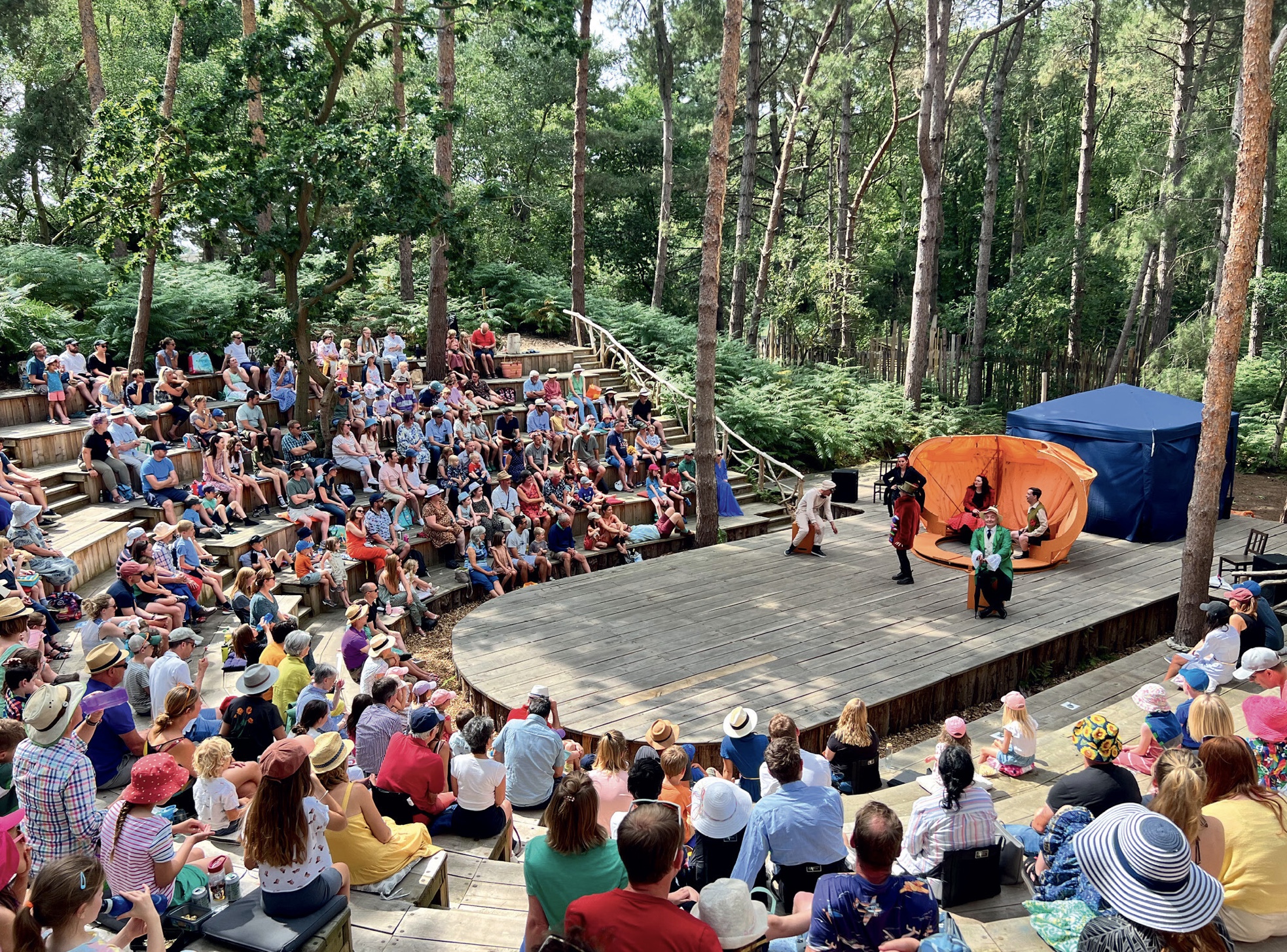 The best open air theatres in Britain
The best open air theatres in BritainAmid the sweet chestnuts, walnuts and cobnuts of a Suffolk farm, a natural amphitheatre has been transformed into a glorious sylvan venue for touring companies to tread Nature’s boards. Jo Cairdv pays a visit to the mesmerising Thorington Theatre, and picks out three more of the finest outdoor performance venues in Britain.
-
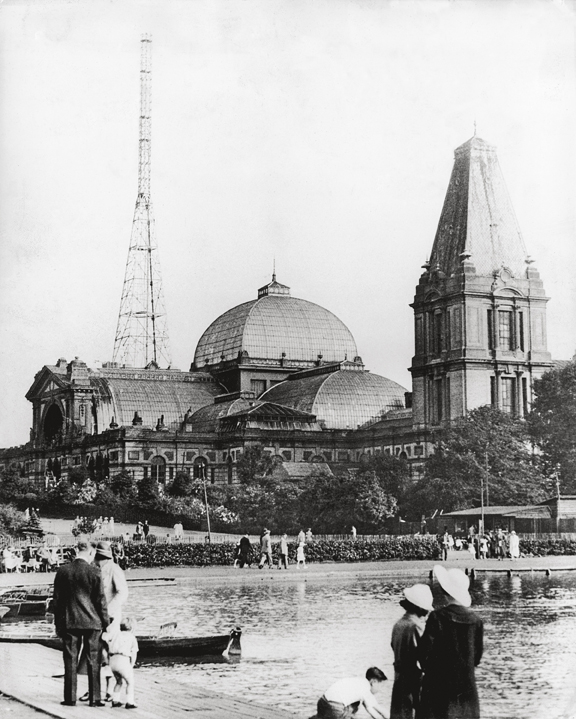 Alexandra Palace: How it's survived fires, bankruptcy and even gang warfare in 150 years as London's 'palace of the people'
Alexandra Palace: How it's survived fires, bankruptcy and even gang warfare in 150 years as London's 'palace of the people'Alexandra Palace has suffered every imaginable disaster, yet remains enduringly popular even a century and a half after its official grand opening. Martin Fone takes a look at the history of one of Britain's great public buildings.
-
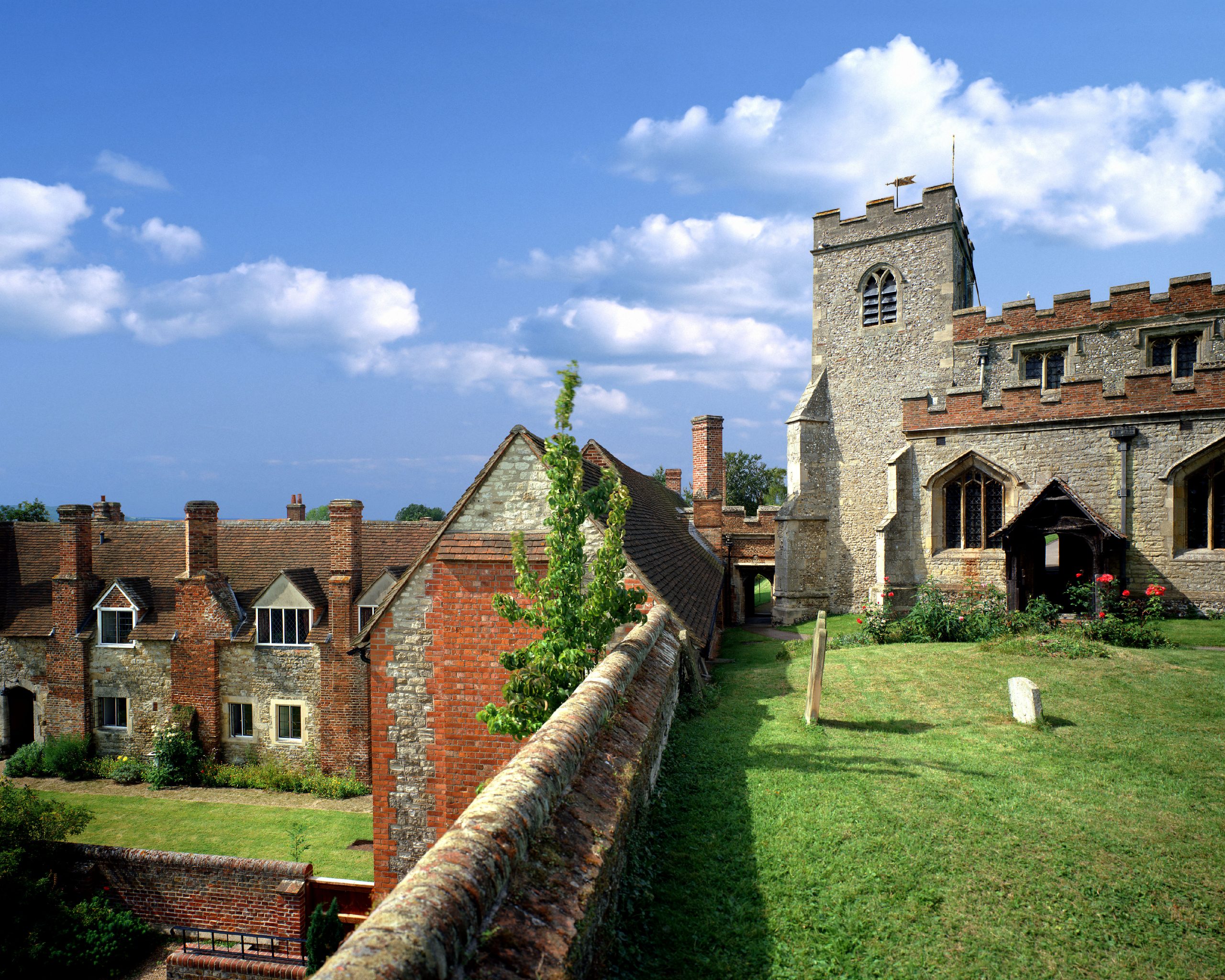 Ewelme, Oxfordshire: The medieval almshouses set up by Chaucer's grand-daughter and still running today
Ewelme, Oxfordshire: The medieval almshouses set up by Chaucer's grand-daughter and still running todayCountry Life's 21st century Grand Tour of Britain stops off at the remarkable church and almshouses at Ewelme, Oxfordshire.
-
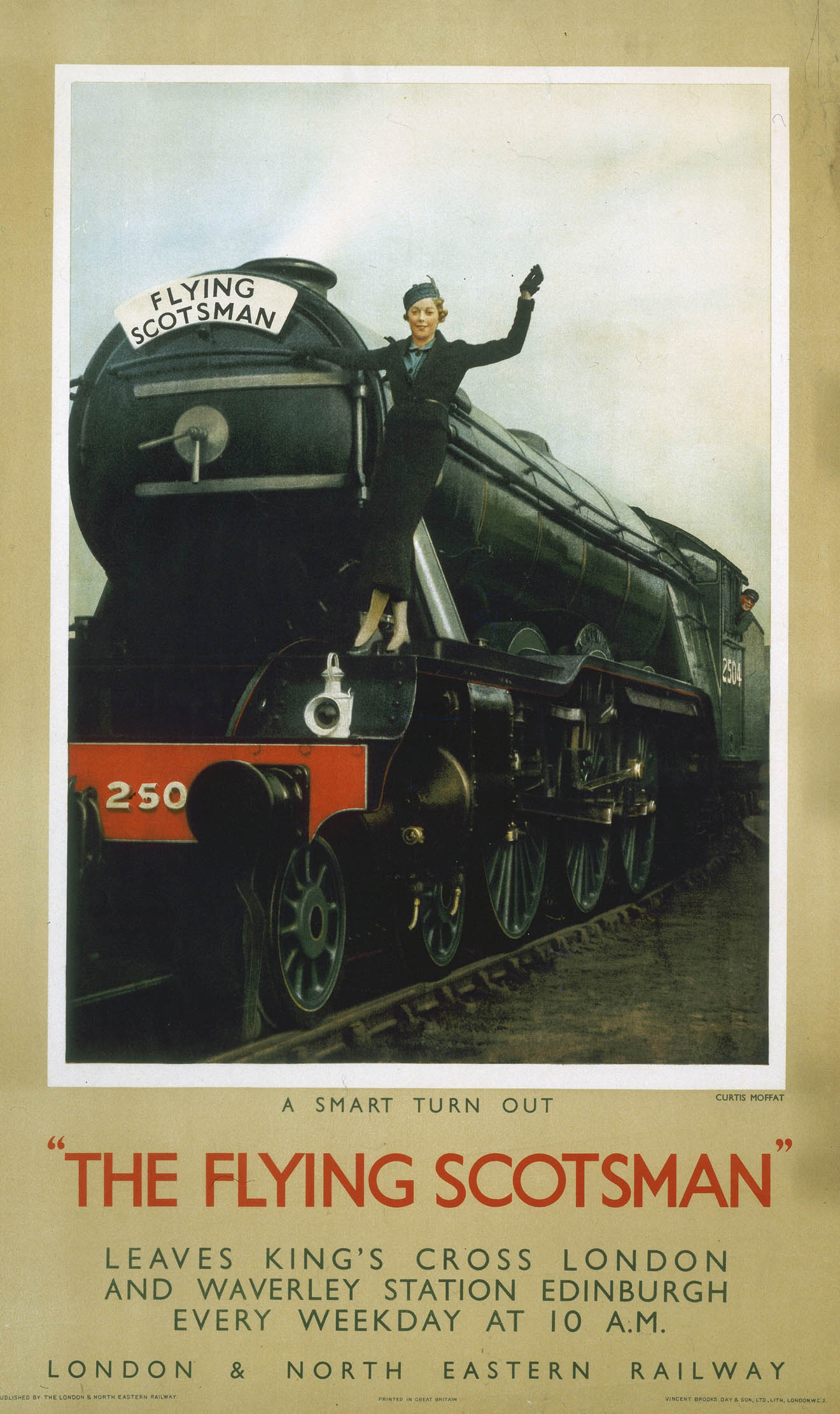 The Flying Scotsman: How the first 100mph locomotive became the most famous train in the world
The Flying Scotsman: How the first 100mph locomotive became the most famous train in the worldThe first train to officially hit 100mph may not even have been the first, and didn't hold the rail speed record for long; yet a century later its legend is undimmed. Jack Watkins celebrates the Flying Scotsman.
-
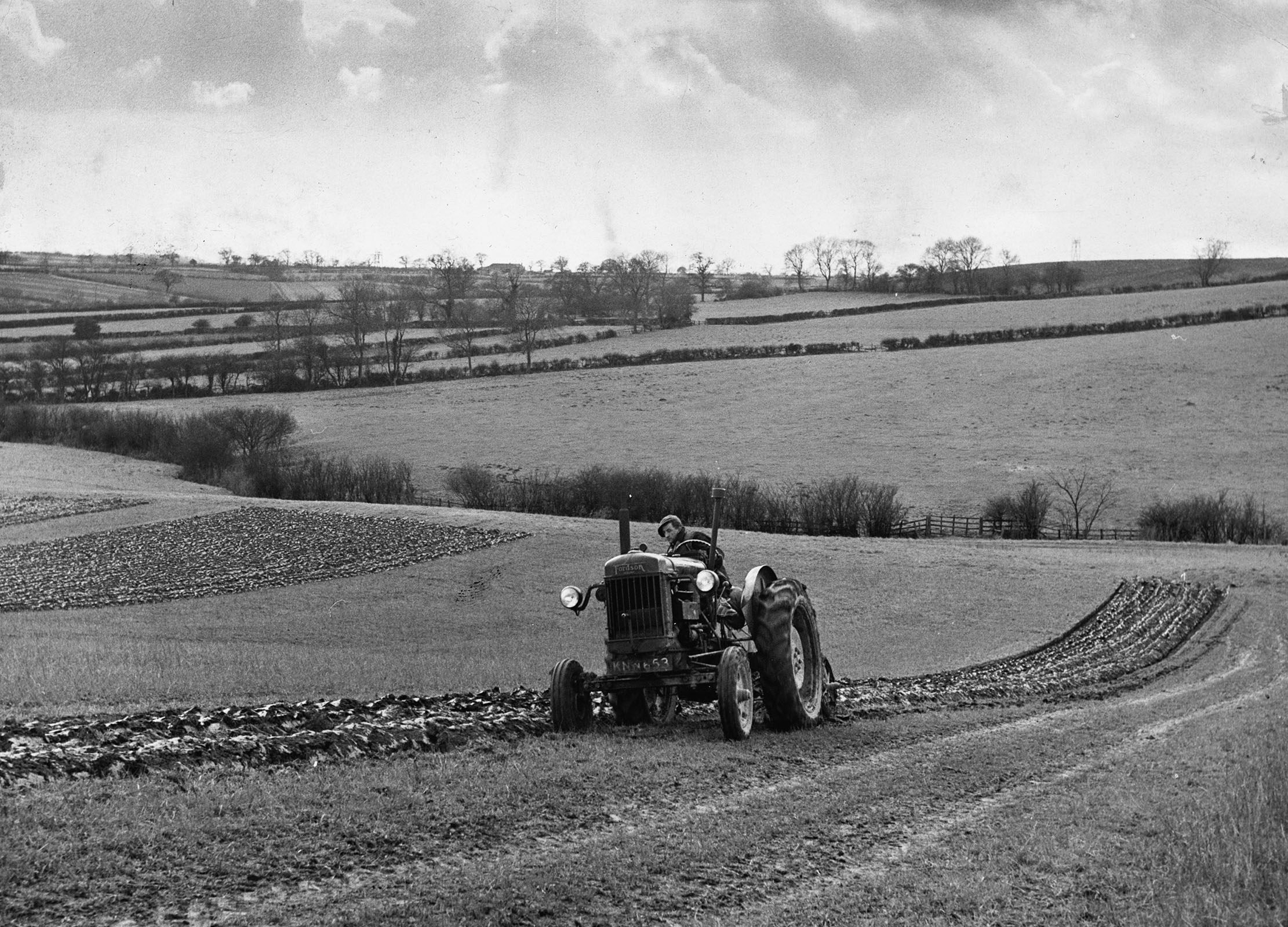 Laxton, Nottinghamshire: The 21st century village still using a medieval farming system
Laxton, Nottinghamshire: The 21st century village still using a medieval farming systemOpen field strip farming has almost entirely disappeared from Britain in the past 1,000 years — though there is one great exception: Laxton.